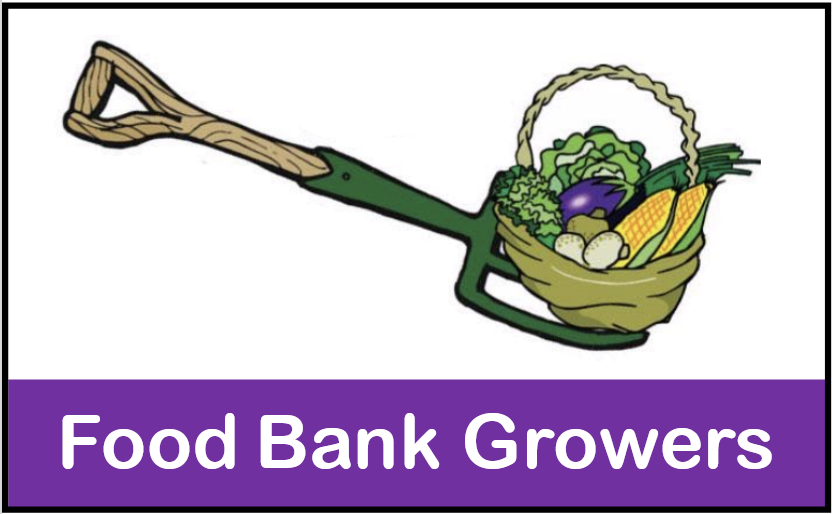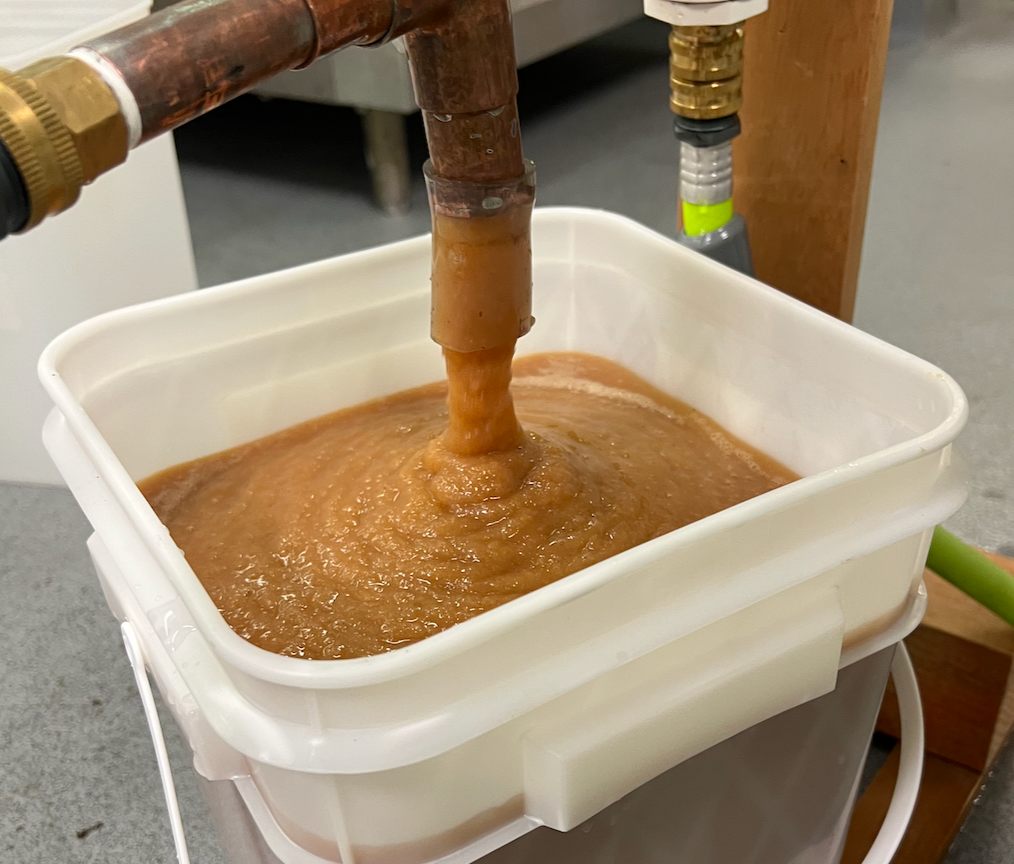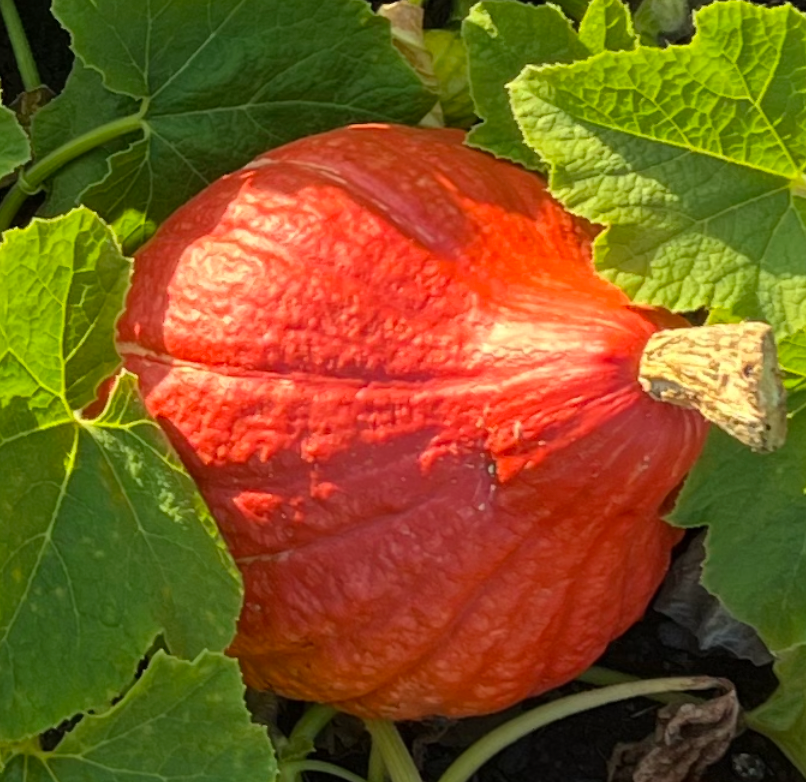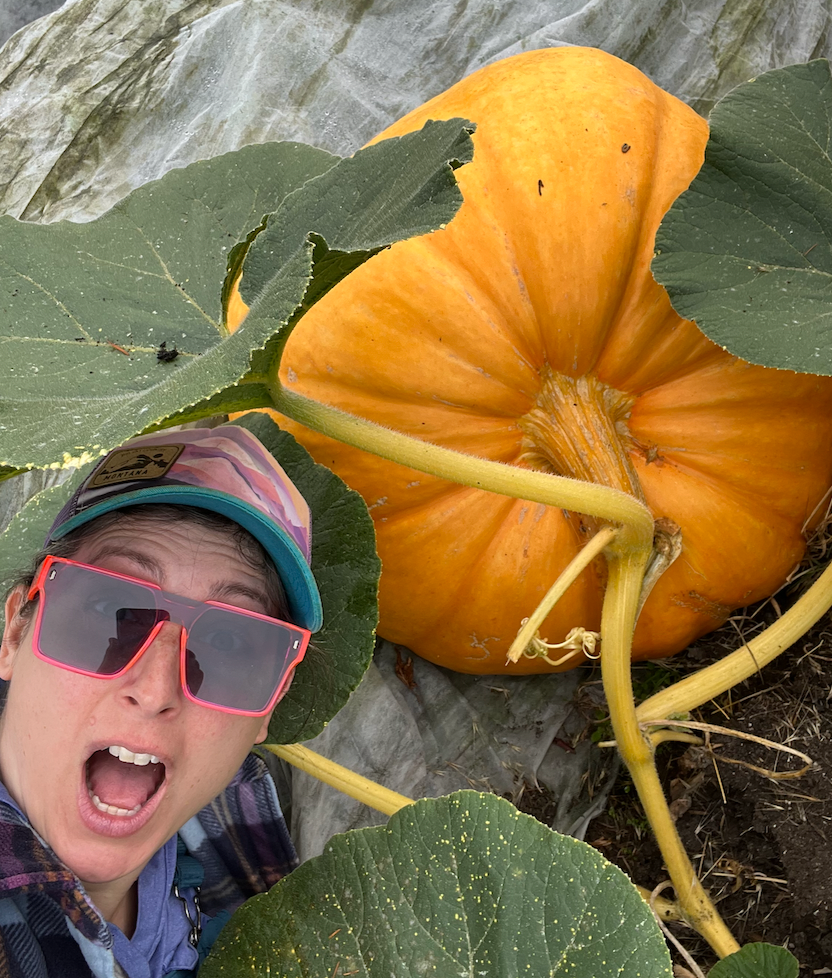October 2024 Newsletter
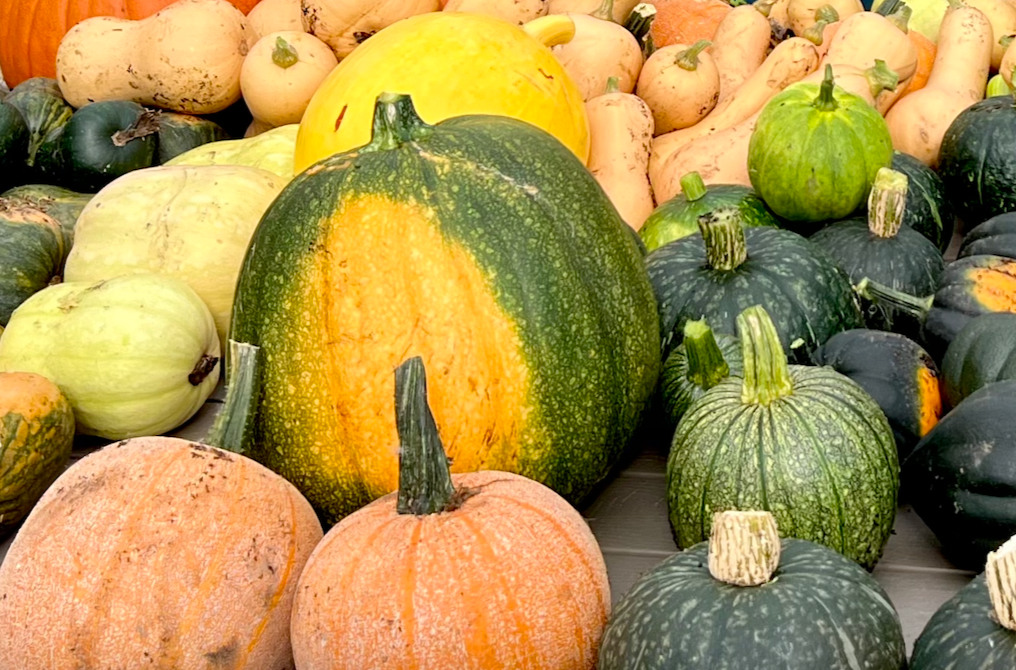
Squash for the cure...
Each One / Teach One
Our volunteer Gleaner group is dedicated, but not getting any younger. Now is the time to teach the next group of Gleaners how and where to pick from over 300 trees that we watch and keep this valuable resource of local and perpetual food available to organizations in need and to the Gleaners who pick. We have the ladders, access, spread sheets, proven methods… Contact PTGleaning@gmail.com com to get on the weekly opportunity list.
GROWERS: We need help harvesting our growing bounty or preparing the garden space for July plantings ASAP. Please send your name/phone/email to FoodBankGrowers@gmail.com. Please let us know that you are volunteering. We’ll find the right garden fit for your time and skills.
GLEANERS: Do you want to be on the Gleaner Opportunity list and be notified when we start collecting fruit from backyard orchards to redistribute? Please send your name/phone/email to PTgleaning@gmail.com.
NEW Postings on FoodBankGrowers.org
Inside Brian’s Garden - 9/4, 9/12, 9/18, 9/26, (Follow along on the weekly chores)
Farm Tour Recap of Salish and FairWinds gardens
What’s the Difference — Regenerative/Biodynamic/Permaculture/Food Forest
October in the Garden
It looks like October will be slightly damper than usual but with average temperatures. Highs around 56° and lows around 45°F and an average rainfall of 2.2 inches. Basically overcast and damp with occasional sunshine or rain to break things up. This is perfect weather to collect slugs in. By gathering slugs now then there will be few to overwinter and emerge to pester our gardens next Spring. Removing their nests of eggs is a really big help. They can be found under boards or in dense clumps of grass, cool damp places. Slugs can be put in containers in the trash or fed to ducks.
Planting:
- Garlic is the big crop this month. It is time to divide out the cloves and get them in the ground. I have seen some signs for seed garlic still available here on the Quimper peninsula. If your garlic from last year still looks healthy you can take a chance and replant part of last summer's harvest (note replanting is always a risk). After planting, 4” to 6” apart and 2” deep, cover the beds with a good mulch. Leaves, straw, well aged manure all work well to keep the cold from freezing the new plants.
- Cover crops: There is still time to get your cover crops in and established before it becomes too dark and cold to grow anything. It is very important to keep the soil covered either in crops or in mulch so it doesn’t wash away in the Winter rains. Nitrogen is especially susceptible to washing away without the support of roots to hold it in place. Phosphorus is also at risk and a hazard down stream.
- Remember to include your cover crops in your crop rotation plan.
- Broad beans and snow peas, radishes and turnips, spinach, shallots and multiplier onions all can still be planted for harvest next spring.
Garden work
- It is time to deploy season extenders for those plants we hope to survive until spring. Don’t keep them covered all the time just when the temperature drops below 40° F. The plants still need good air circulation to prevent molds from setting in. Season extenders can be anything from an old sheet draped over plants to keep the frost off to cold frames, individual cloches and floating row covers. Anything that keeps the plants from freezing.
- Again mulch, mulch, mulch. All of the mulches mentioned above for garlic can be used on other crops as well as wood chips in various forms, cardboard( over bare soil or where you want to kill off what is under it), and grass clippings.
- A Master Gardener shared with me a technique for getting slugs out of tight places. They use tweezers to pull slugs from brussel sprouts and in between cabbage leaves. It is working for me.
- It is also time to divide perennial plants and transplant berry bushes. More older gardeners are focusing on perennials as less work. This is a good time to get those new perennial beds going.
Harvesting
- Winter Squash needs to come in and be hardened off. Check your winter squash for hardness (should resist a fingernail scratch) and bring inside to cure in a warm place for 5 - 7 days at 80 to 85° F. (Greenhouses work for this.) Then store 50° to 55° F but not below 50° or they will deteriorate quickly above 55° F they will get stringy.
- Many of our fall plantings are now ready; lettuce and spinach, broccoli and cabbages, the last of the tomatoes and the first of the brussel sprouts all bring joy to the dinner table.
- Apples and pears are also filling up our cellars. Cider pressing continues as more apples ripen. Remember that apples and pears need to be stored below 45° F, for longest term storage between 30 and 35° F at 90% humidity.
- Bouquets of fall flowers or leaves add beauty to our homes and lives.
Take some time in the last of the Fall sunshine to celebrate your garden with a glass of fresh pressed cider and a bowl of hearty vegetable soup. Life is good.
Happy Gardening
Dianna Wiklund 🌻
FBG Garden Coordinator
